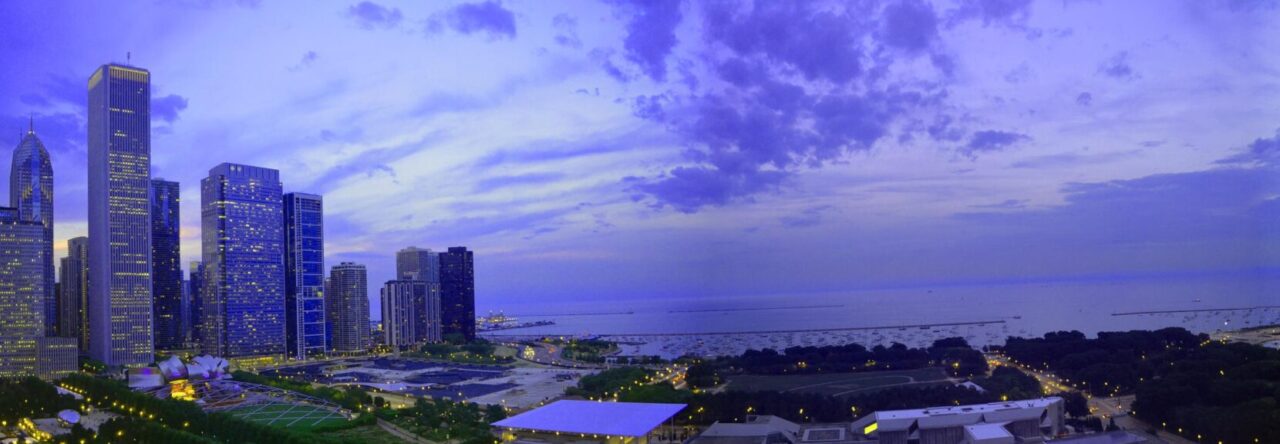
Flooded I-10/I-610 interchange and surrounding area of northwest New Orleans and Metairie, Louisiana (Photo credit: Wikipedia)
Building off of my previous post on suburban poverty, I briefly touched on the aspect of infrastructure. I mentioned that municipalities and transit agencies (really all government agencies) will be hard pressed to keep up their existing infrastructure, let alone create new infrastructure in a financially sustainable way. Much has been written on this topic, and I don’t have much new to add. Yet, I’m astonished to learn how much this country can tolerate when it comes to poor infrastructure. In urban planning and transportation circles, it has been common to note that it would take a major accident or catastrophe to get this country to embark on a program for infrastructure renewal. And yet, we’ve had two catastrophic incidents just in less than 10 years: Hurricane Katrina and the New Orleans levee breaches in 2005 and the Minneapolis bridge collapse in 2007. Even today, with $5.00 a gallon gas a distinct possibility this year and with record transit ridership, we refuse to invest in infrastructure that will make our cities fundamentally better and more sustainable places.
So how does this sorry state of affairs affect us?
According to the Urban Land Institute’s recent report, Infrastructure 2011: A Strategic Priority, we may see the following:
- Tax Increases: User fees are likely as tolls and transit fares increase to meet operating costs. Additional utility fees and traffic fines too.
- Deterioration: Local governments will fund essential capital projects but may be forced to abandon others. We already are seeing this with states allowing paved roads to revert to gravel.
- Deterioration will result in service interruption and will affect mobility. This is exactly what happened with the Minneapolis bridge collapse.
In terms of the transport nexus between land use and transportation given the
economic and political climate around infrastructure, I believe we need to focus any future growth in built up areas where infrastructure is already in place. Developing on greenfield sites without and transportation and/or utility infrastructure is absolutely idiotic given the realities. We need to see land use densities and mixed use types increase around transit stations to leverage the existing transportation infrastructure already in place. We also need to see infill development on brownfield sites where there is existing transportation and utility infrastructure. And, as difficult to fathom as this may be, we need to reconsider the utility of maintaining the infrastructure of much of the suburban experiment. Much of it, I suspect, is simply not sustainable.



2 Pingbacks